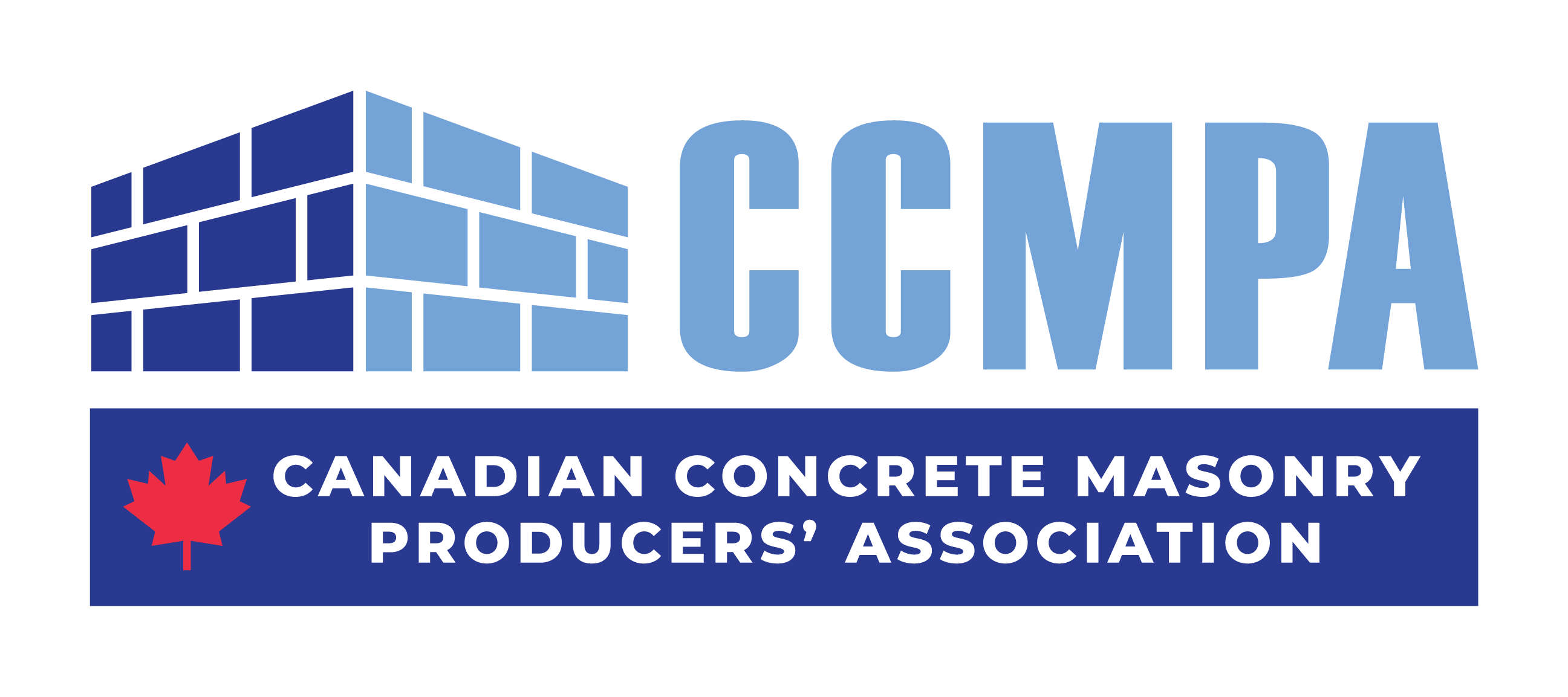About the Cost-Comparison Study
The study uses a cost model that accurately evaluates the cost of a multi-family building constructed using materials such as wood, steel, masonry, precast, and ICF. “Multi-family” includes traditional apartment buildings, condominiums, student housing, and seniors’ housing, among others.
Industry Assumptions & Earlier Studies
It has long been the opinion of design professionals, code officials and legislators that non-combustible, more robust construction solutions are significantly more costly than options such as wood with gypsum firewalls and sprinklers.
This assumption was countered by the 2005 Fire Safety Construction Cost Study, which showed that in many cases, these types of construction models can be used on a financial footing equal to more lightweight models like metal stud and light wood frame.
With the exception of the 2005 study, however, there previously has been no reliable published documentation to refute this assumption — until now.
Study Methodology
Cost information was determined during three different time frames — December 2016, May 2017 and September 2017 — in three cities: Edgewater, NJ; Towson, MD: and Dallas, TX.
More Cities to Come
More cities continue to be added to the study, including Pittsburgh and Philadelphia, and Canadian cities include Toronto, Halifax, Calgary, Montreal, Saskatoon, Regina and Vancouver.
All information is available on the CCMPA website www.ccmpa.ca.A new website, www.buildingstudies.org, is now live and features the third-party study of “Initial Cost of Construction – Multi-Residential Structures”. The site also contains other studies relevant to masonry.



